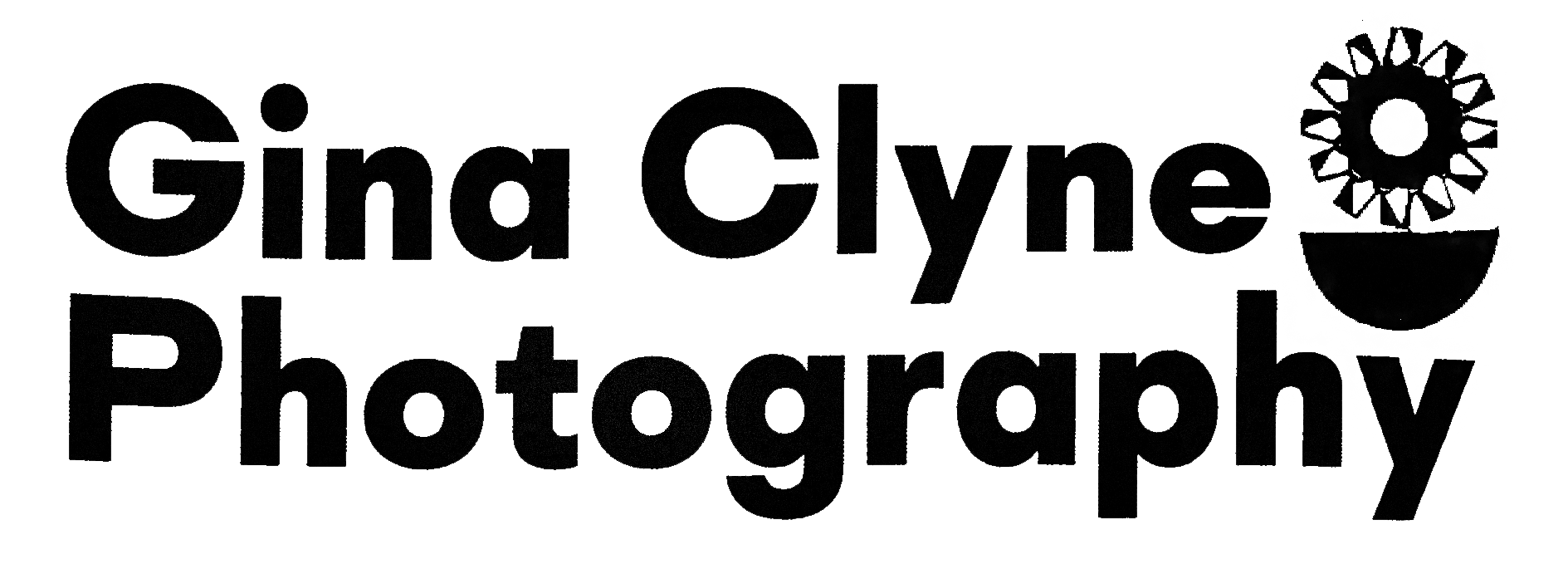Clockshop: Olga Koumoundouros’ Roundhouse Shines Opening
Exploring Roundhouse Shines (at the Bowtie Project) at dusk.
I’m excited to share with you a selection of photographs I took for Clockshop on the opening night of Olga Koumoundouros’ Roundhouse Shines (October 25, 2014). Roundhouse Shines is a site-determined artwork using the neglected foundation of a historic train turn-around.
“For this work, Koumoundouros has constructed a 90+ foot long wooden table that bisects the center of the roundhouse and mirrors the topography of the ground, forming its own undulating horizon line. Rectilinear benches made from salvaged rail yard planks line the table and shade canopies provide relief from the sun while simultaneously acting as demarcations of the twelve stations of the clock. The entire structure including the roundhouse floor and its native debris are coated in a multicolored gradient of acrylic house paint.
Roundhouse Shines is sandwiched between the thriving biodiversity of the Los Angeles River and areas of light industrial use, an active commuter railway, homeless encampments and bourgeoning private development. In this new work, Koumoundouros grapples with the multiple histories of displacement, renewal and both generative and speculative growth.” – Clockshop
Clockshop is a non-profit arts and culture organization based in Los Angeles, California.
Artist Olga Koumoundouros, Opening Night Of Roundhouse Shines.
One last photograph, as the sun fades into the horizon. The moon hangs over the hillscape that backdrops the L.A. River and the 19-acre post-industrial lot that the Bowtie Project occupies.

















